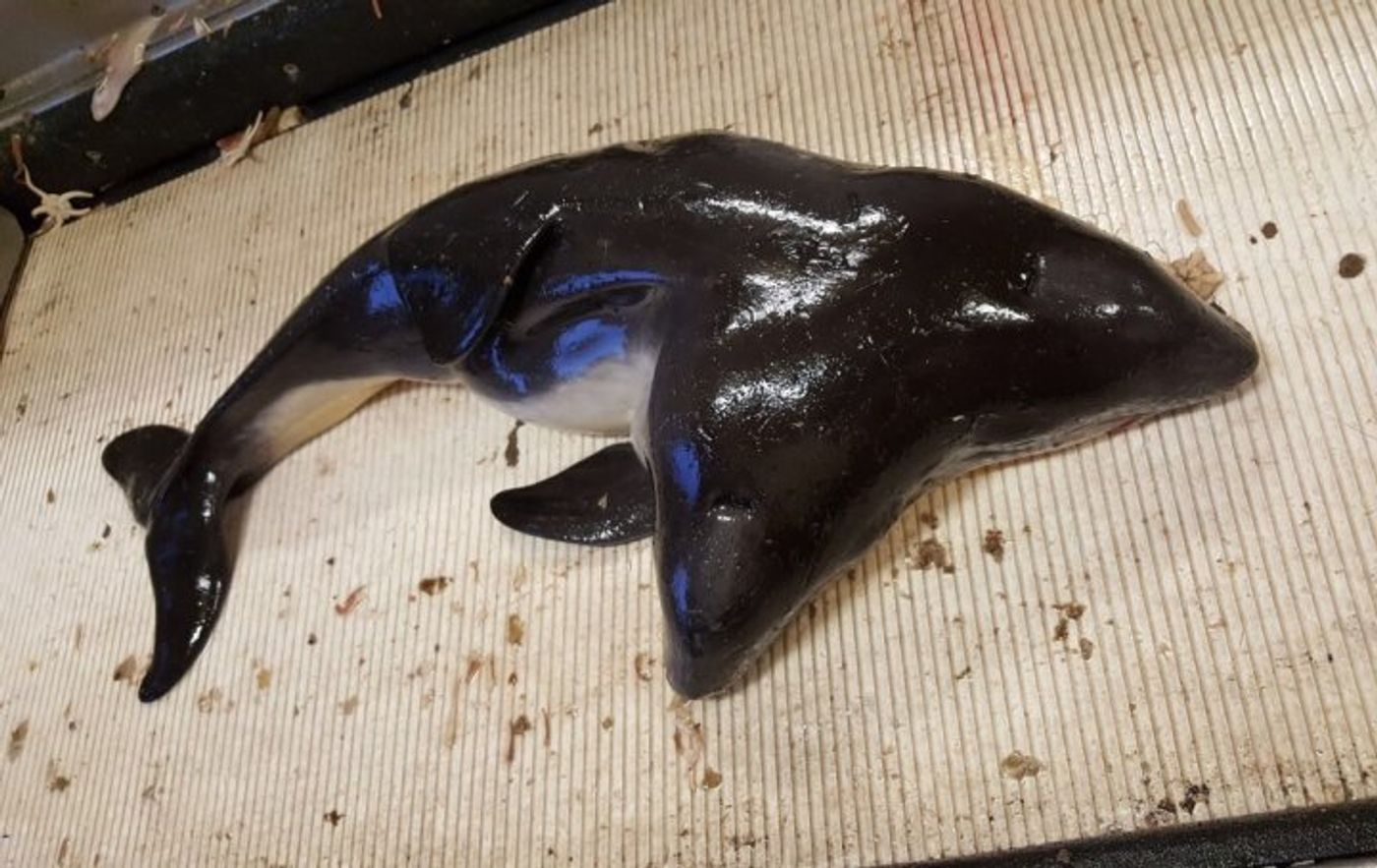Fishermen Find the World's First-Known Two-Headed Porpoise
Fishermen typically come across some interesting things every so often while realing in their catch. On the other hand, this finding in the Netherlands just might take the cake.
Published in the journal Deinsea, researchers describe an incredibly rare two-headed harbor porpoise (parapagus dicephalus), a conjoined twin, that was caught in the North Sea by Dutch fishermen.
Image Credit: Henk Tanis
It’s the first-known matter of conjoined twinning occurring in a porpoise, but the tenth-known matter of it occurring in the cetacean species as a whole. No matter how you look at it, this is quite a rare find.
Related: Researchers describe a two-headed shark embryo
For what it’s worth, the animal was already deceased when the fishermen scooped it up out the water, but out of fear of potential legality issues of keeping a caught marine mammal onboard their vessel, they snapped a photograph of it and then quickly released it back into the water.
It’s fortunate that they did grab detailed photographs, however, because University of Rotterdam researchers are studying them to try and learn more about the creature despite not having a physical body to go by.
One thing they point out is how the tail is incredibly thin and hadn’t built up any muscle from swimming. This indicates that the animal couldn't swin and probably died shortly after birth. It has probably been floating around in the water ever since, and this means it wasn't the fault of the fishermen that it was deceased when it was found.
Related: Dolphin violently catapults a porpoise several feet into the air
Another clue that told researchers the age of the creature was the rostrum hair that appears on the upper lips of both heads. These normally fall out as the creature ages, but since they were still present in the photographs, it was pretty obvious that the animal was still young.
It’s unknown whether the mother of the conjoined porpoises is still alive and well at this point in time, as the mother and the babies were clearly separated unrelated to the fishermen. In many cases, when births don't occur correctly, it can have negative implications on the mother's health as the female's body is rarely capable of hosting more than one youngling at a time.
Source: TIME









